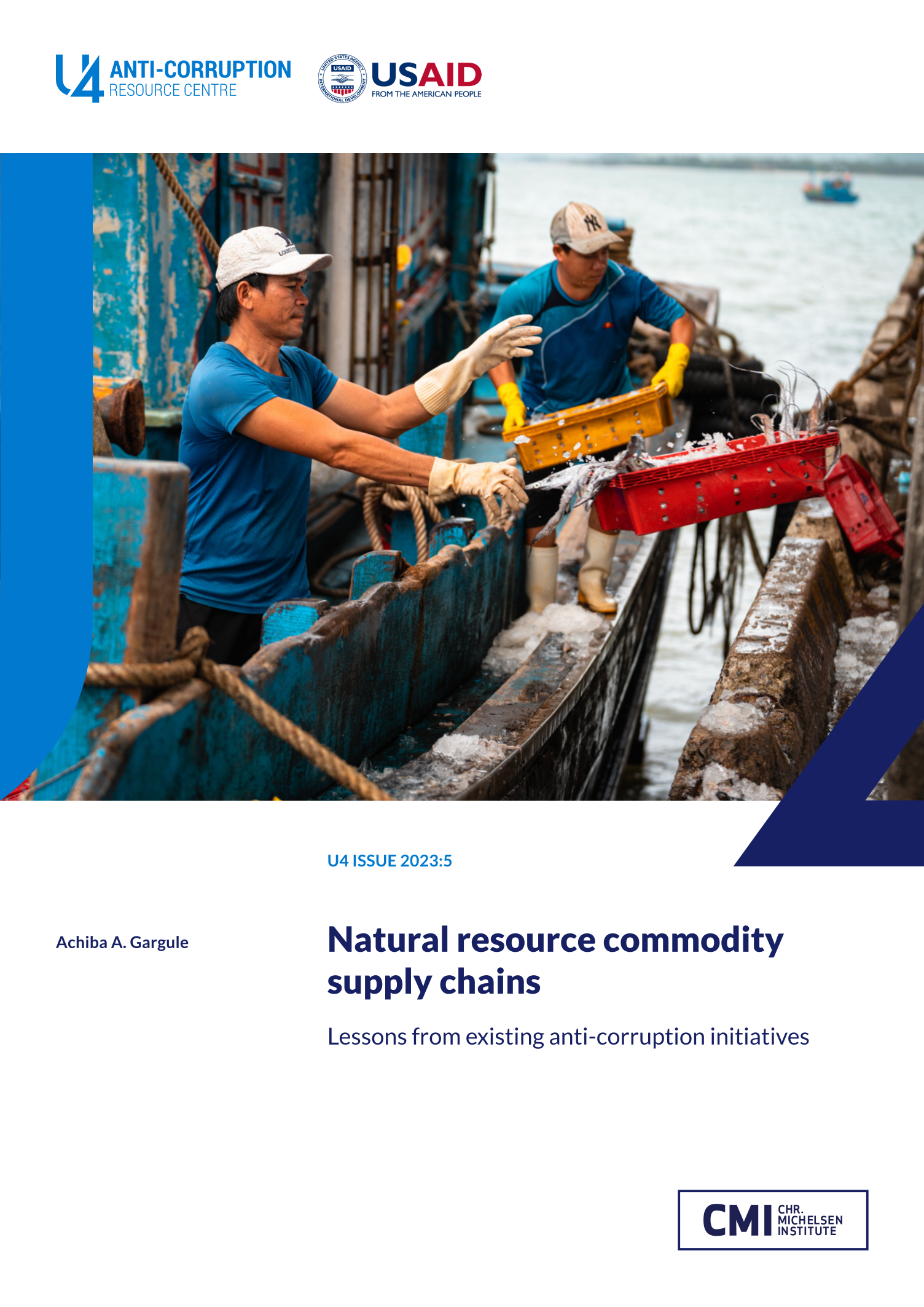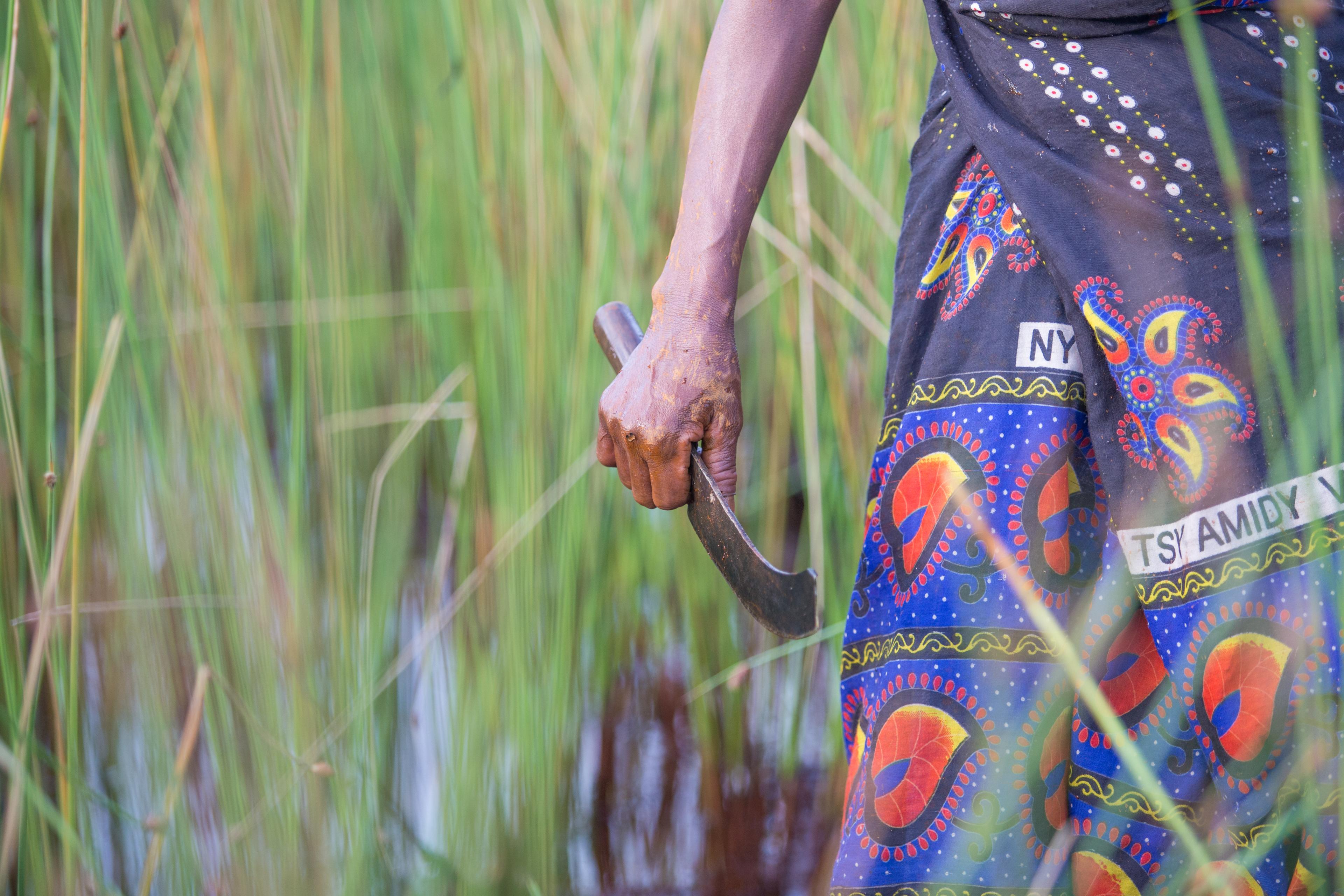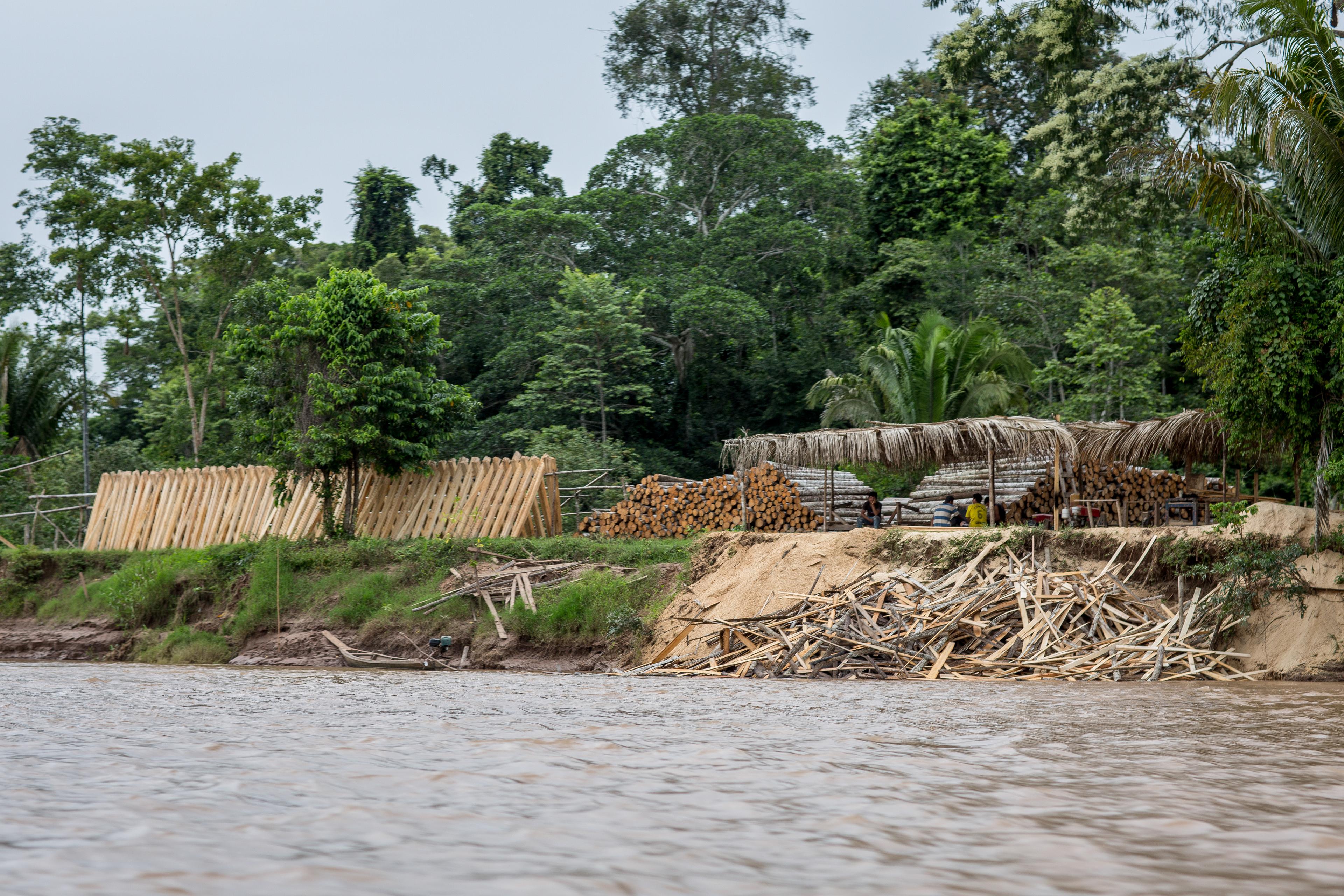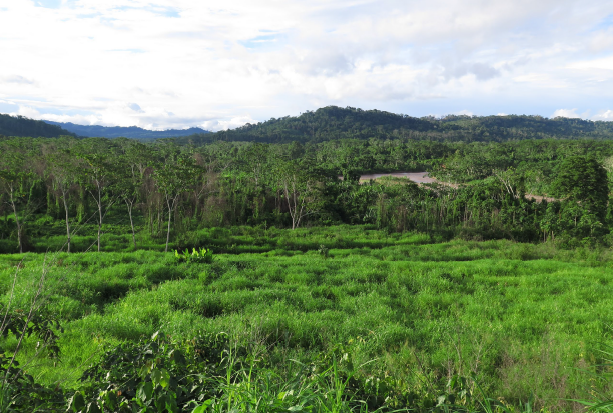Main points
- While there are several existing initiatives promoting the transparency and accountability of governments in the extraction and allocation of natural resources, as well as their use of revenues, there is interest from investors, civil society, and some governments in improving the current – and narrow – legal requirements.
- Although global commitments to reduce corruption in natural resource supply chains have increased, there is often a lack of understanding as to how corruption manifests itself. There needs to be recognition of the complex country challenges, the regulatory and institutional ecosystems in which supply chain initiatives are implemented, and how national and subnational initiatives tackle the different dimensions of corruption in supply chains.
- Consistent corruption risk analysis and better understanding of supply chains are essential in setting priorities, developing strategies, and identifying what is needed to effect change. Sufficient attention must be paid to analysing corruption risks at different stages in natural resource supply chains, the political economy of the target area, and the capacities and weaknesses (including power relations) of anti-corruption actors.
- Anti-corruption initiatives in natural resource supply chains seem most effective when integrated into a broader package of institutional reforms. There is no ‘one size fits all’ solution, but a combination of initiatives with effective on-the-ground action, and source country commitment, has the potential to contribute to natural resource supply chain transparency.
- Incentivising producers in source countries to participate in supply chain initiatives and broadening the scope of interventions to cover several sectors and agencies could reduce corruption, increase accountability, and support the transition to more sustainable natural resource governance.



